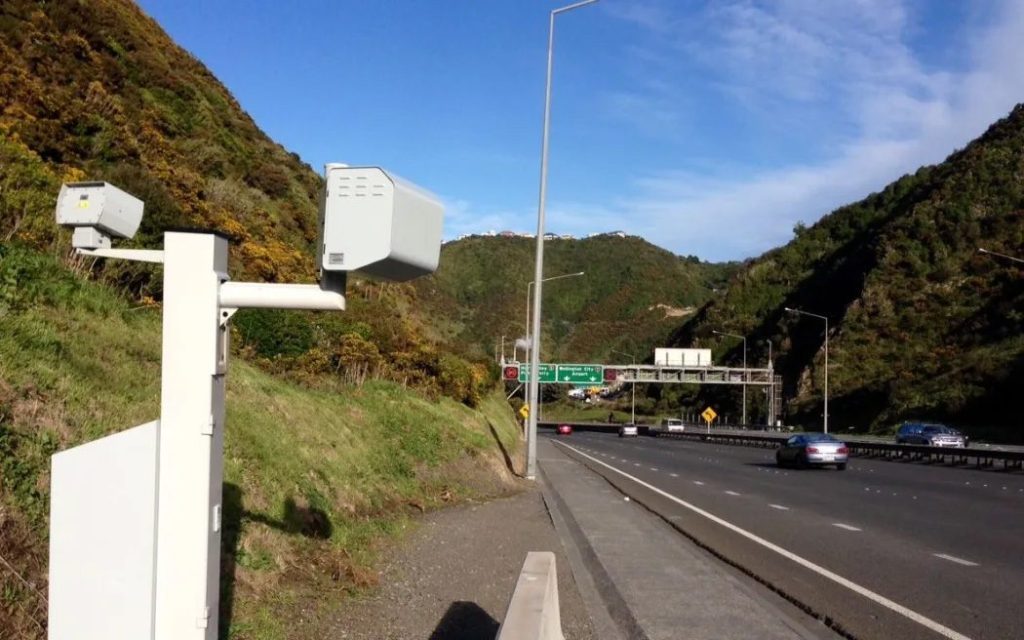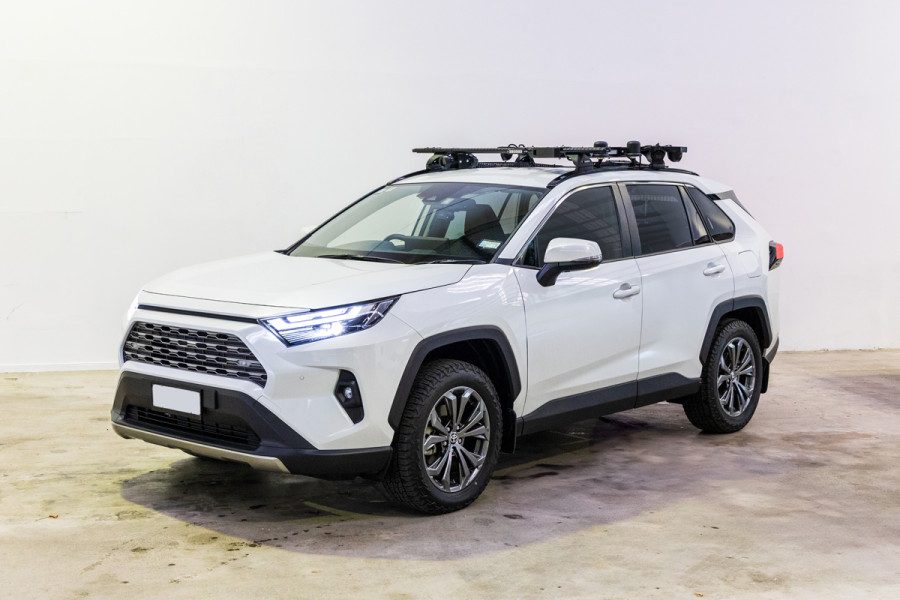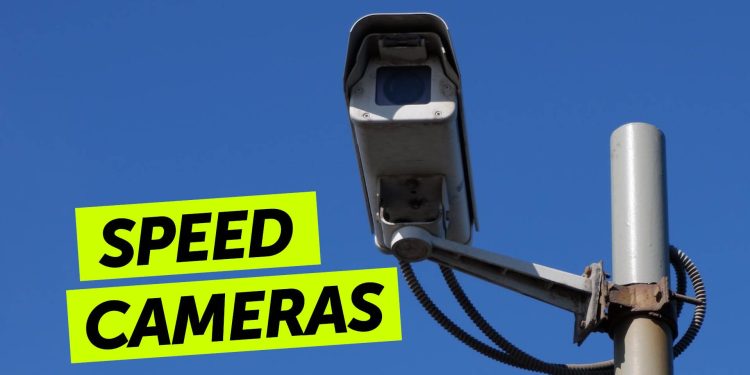NZTA now controls the speed camera network
Words NZ Autocar | Images NZTA
New Zealand Transport Agency Waka Kotahi (NZTA) has completed the transfer of its ‘safety’ camera operations from NZ Police.

The transition phase has ended and now NZTA is solely responsible for the operation of the 150-strong speed camera network previously operated by the Police.
NZTA plans to expand the network to around 200 cameras by 2027. That includes fixed speed cameras, mobile speed cameras, red light cameras and average (point-to-point) speed cameras.
The locations of fixed cameras are available on the NZTA website.
NZTA Head of Regulatory Strategic Programmes, Tara Macmillan, says the transfer of safety cameras will improve the effectiveness of the cameras as an enforcement tool. It will make New Zealand’s roads safer for everyone, she believes.

“Having responsibility for safety cameras allows us to use them where and when they will be most effective in reducing crashes, preventing serious injuries and saving lives,” says Ms Macmillan.
“We’ve now rolled out signs at all fixed speed camera sites, giving drivers a fair warning to check their speed and slow down if needed.
“Across the ten new camera sites where we are currently tracking before and after data, the average compliance rate with speed limits has increased from 57 percent to 98 percent.
“Fewer speeding vehicles at these high-risk sites make these roads safer for everyone who uses them.”
Mobile speed cameras in SUVs
NZTA is also now operating mobile speed cameras in SUVs, alongside Police officers being highly visible on our roads. Both mobile cameras and officer enforcement deter speeding by operating anytime and anywhere.

NZTA is also planning the rollout of new average speed safety cameras along high-risk corridors and roads. This technology has been shown overseas to reduce deaths and serious injuries on longer sections of road. The cameras work by calculating a vehicle’s average speed over a length of road between two cameras.
“Speeding drivers can cause serious and irreparable harm on the roads, including deaths and serious injuries.
“We can reduce the chance of people being killed or seriously injured in crashes if drivers travel within speed limits.”





